Why do Screws Pop Out of Drywall? Causes and Solutions
Are you tired of those mischievous screws playing hide-and-seek with your drywall? If you’ve ever wondered, “Why do screws pop out of drywall?”
Then you’ve come to the right place! In this informative guide, I’m going to unravel the mystery behind this (my real-life experience) frustrating phenomenon and equip you with the knowledge and solutions to bid farewell to those pesky pop-outs.
Believe me, I’ve been there! It was like a never-ending game of whack-a-mole, with screws playing the role of mischievous critters. But fret not, because I discovered the secret to conquering this frustrating issue.
By diligently following the methods I’m about to share with you, I transformed from a frustrated DIYer into a drywall conqueror. With the right screws, proper placement, reinforcement in problematic areas, and the magical touch of drywall tape and compound, I waved goodbye to those pesky pop-outs.
Why Do Screws Pop Out of Drywall?

Have you ever had the joy of watching screws seemingly perform a magic trick by popping out of your drywall? Well, let’s demystify this frustrating phenomenon and uncover the secrets behind it.
First up, one common culprit is insufficient screw length. It’s like trying to hold up your favorite painting with a paperclip—it’s just not going to cut it! So, make sure you choose screws that are long enough to penetrate the drywall and grab onto the underlying studs like a firm handshake.
Next, we have the overdriven screws. Imagine trying to squeeze into your skinny jeans after a hearty meal—it’s not a pretty sight, right? Well, when screws are overdriven into the drywall, it compresses and loses its grip, eventually leading to a not-so-magical disappearing act.
But wait, there’s more! Structural movements add a touch of drama to the mix. As your house settles and temperature and humidity fluctuate, the poor drywall faces a rollercoaster ride of stress, resulting in screws popping out like unexpected party crashers.
To prevent screws from popping out, choose the right screws, drive them into sturdy studs, reinforce those problematic areas, and patch things up with drywall tape and compound. And remember, when it comes to your drywall, don’t let the screws have all the fun—keep them firmly in place and enjoy a stable and chuckle-worthy DIY experience!
1 Insufficient Screw Length
You’re trying to secure your drywall, but your screws are shorter than a soundbite from your favorite comedian. It’s no wonder they decide to pop out and steal the show!
To avoid this disappointing act, make sure you choose screws that are long enough to penetrate the drywall and establish a solid connection with the underlying studs. Think of it as providing your drywall with the support it needs—like a sturdy handshake that says, “I’ve got your back!”
So, let’s not leave our drywall hanging, longing for longer screws. Give it the love and attention it deserves, and keep those screws happily snug in their places. Trust me, your drywall will thank you with a standing ovation (and no surprise appearances!). Let’s bring the house down with laughter, not with screws popping out! Also, read, Can You Use Drywall Compound on Concrete?
2 Overdriven Screws
You’re enthusiastically driving screws into your drywall like a DIY virtuoso, only to realize that you’ve overdone it. It’s like trying to fit into your favorite jeans after a month of holiday feasting – a bit too snug for comfort!
Overdriven screws occur when we unleash our inner Hulk and apply excessive force, compressing the drywall and robbing it of its stability. It’s time to find the sweet spot, my skilled DIY comrades, where the screw is flush with the surface but not screaming, “Hey, look at me, I’m about to burst!”
So let’s tame our drilling enthusiasm, strike the right balance, and keep our drywall intact. Remember, laughter is the best medicine, but let’s leave the “pop” to punchlines, not to our overzealous screws!
3 Structural Movements
your house, gracefully settling over time, engaging in a subtle dance of structural movements. But alas, the drywall can’t resist joining the party, causing screws to pop out like rebellious guests.
These movements, my fellow DIY aficionados, can be triggered by changes in temperature and humidity, adding a touch of unpredictability to the mix. It’s like a game of musical chairs, except the screws are the ones getting up and leaving the wall!
To keep the rhythm intact, reinforce your drywall by securing it to supportive studs and consider the impact of these movements. Think of it as teaching your drywall some fancy footwork—stability with a touch of flexibility.
So, let’s groove with the structural movements, ensuring our screws stay put and don’t wander off like tone-deaf party crashers. Remember, in the dance of DIY, we want graceful moves, not popping screws stealing the spotlight!
How to Prevent Screws from Popping Out
Alright, my fellow DIY maestros, let’s gather our tools and conduct a symphony of stability, ensuring those mischievous screws stay firmly anchored in their rightful places.
No more unexpected pop-outs to dampen our DIY spirits! Get ready for a nail-biting drama-free experience as I guide you through foolproof techniques to prevent screw mishaps. Together, we’ll strike the perfect balance of precision, reinforce vulnerable areas, and master the art of screw reinsertion and repair.
So, let’s embark on this thrilling journey of DIY triumph, leaving no room for surprises in our quest for a perfectly secure drywall installation.
1 Proper Screw Selection
Choose your screws wisely, like a connoisseur picking the perfect wine. Opt for screws specifically designed for drywall, with threads that grip the material snugly. And remember size matters! Consider the thickness of your drywall when selecting the appropriate screw length. Let’s avoid any screw-size envy!
2 Correct Screw Placement and Technique
Strike a chord of precision by driving your screws into the supportive studs behind the drywall. Use a stud finder or tap your wall to locate these sturdy fellows.
And when it’s time to drive the screws home, channel your inner virtuoso. Control the force with a screwdriver or drill equipped with an adjustable clutch, ensuring you hit the sweet spot between underdriving and overdriving. It’s all about finesse, my friends!
3 Reinforcing Problematic Areas
Some areas of your drywall may be more prone to popping screws, like the corners or near doorways. Show them who’s boss by reinforcing those trouble spots.
Embrace metal or wooden braces, providing extra support and distributing the weight like a group hug. With reinforcements in place, your drywall will feel like a fortress of stability.
4 Screw Reinsertion and Repair
If a sneaky screw manages to stage a daring escape, fear not! Gently remove the renegade screw and assess the situation. Is the hole damaged or too large? Consider upsizing to a larger screw or employing a wall anchor to provide a more secure hold.
And don’t forget the dramatic touch—patch up the hole with a touch of patching compound before reinserting the screw. Voila! Screw rebirth achieved!
5 Applying Drywall Tape and Compound
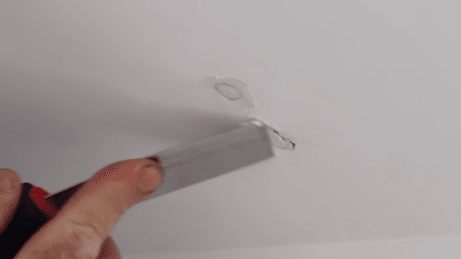
To seal the deal and fortify your drywall against future pop-out attempts, bring out the big guns—drywall tape and compound. It’s like armor for your wall!
Apply the tape over the screw, smooth it out like a master painter, and cover it with multiple layers of the compound, allowing each layer to dry before applying the next. Your drywall will be party-ready, with no unwanted surprises!
And there you have it, my DIY virtuosos! By following these harmony-inducing steps, you’ll ensure a smooth and stable drywall experience, free from the antics of popping screws. So, let’s raise our tools and embrace the laughter-filled journey of DIY, where we triumph over the unexpected and keep those screws right where they belong. Cheers to stability and a dash of humor in our DIY endeavors!
Wrap Up
By understanding the reasons behind screws popping out of the drywall and implementing the preventive measures mentioned above, you can ensure a more stable and secure drywall installation.
Remember to select the right screws, drive them properly, reinforce problematic areas, and utilize repair techniques when needed. With these tips in mind, you’ll be well-equipped to tackle the issue of screws popping out and maintain the integrity of your dry

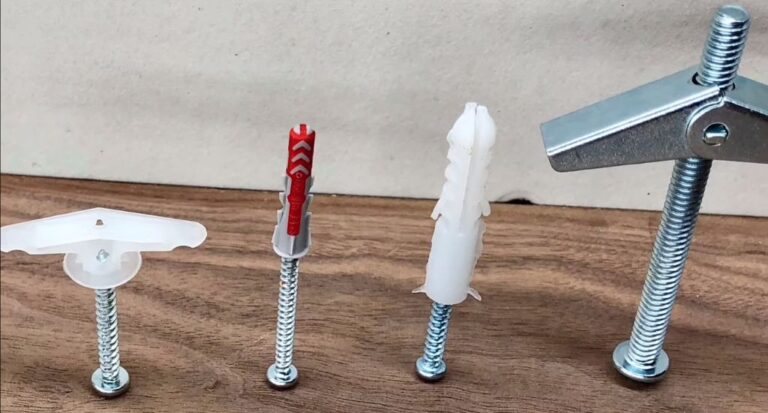
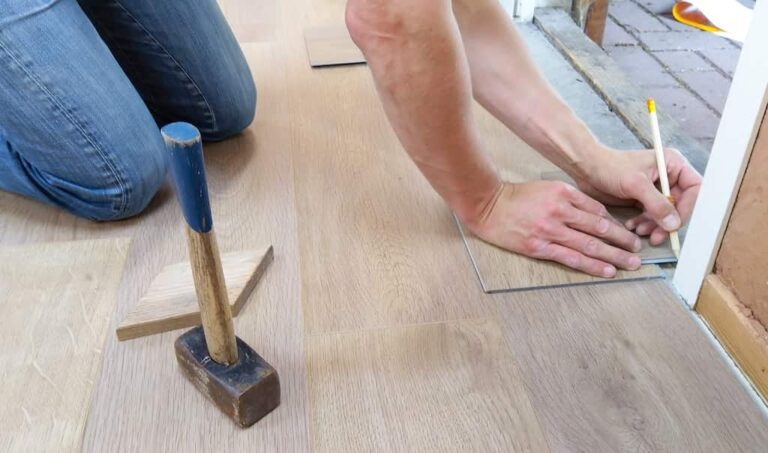
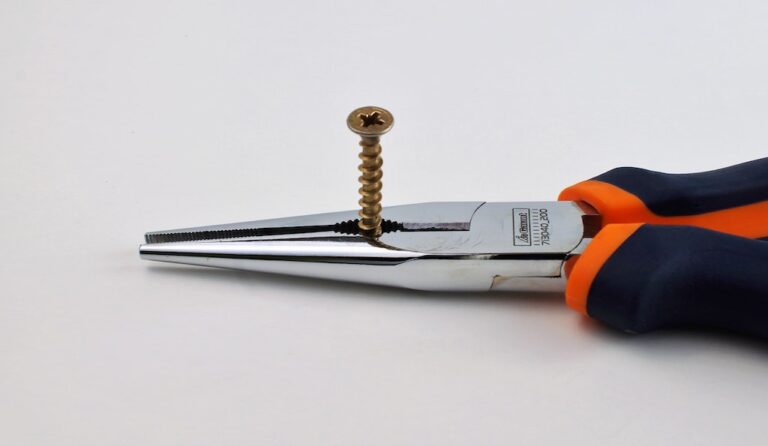
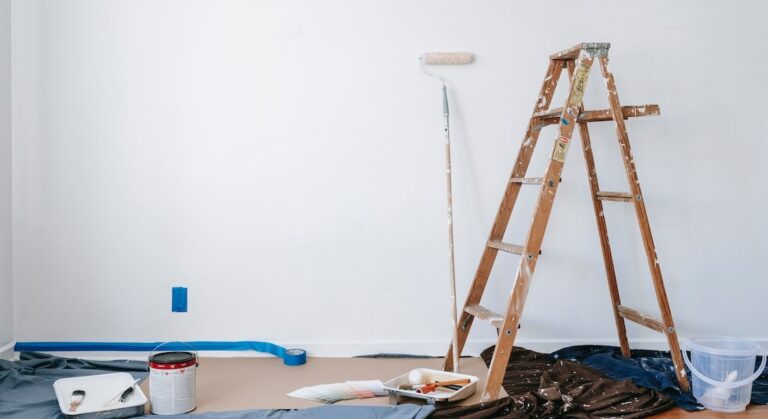
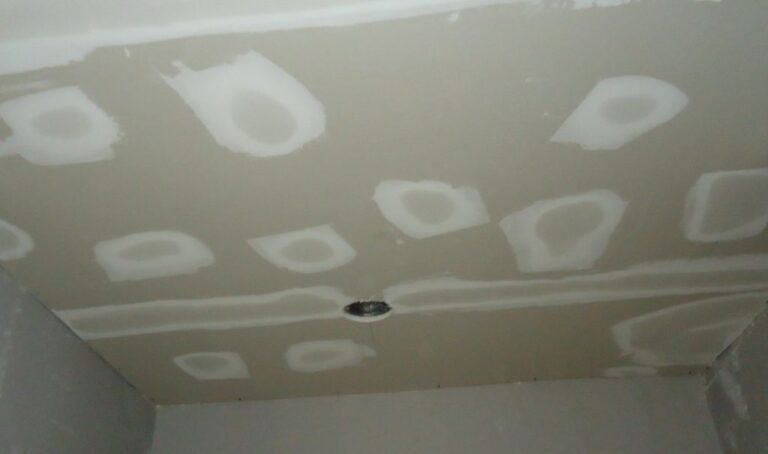
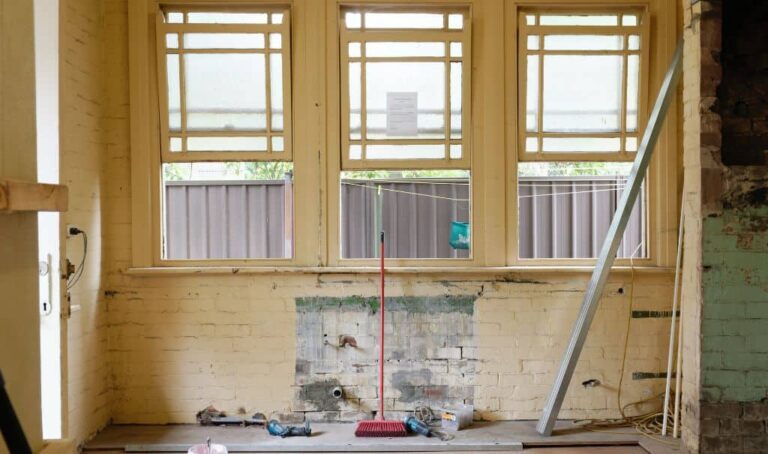
One Comment